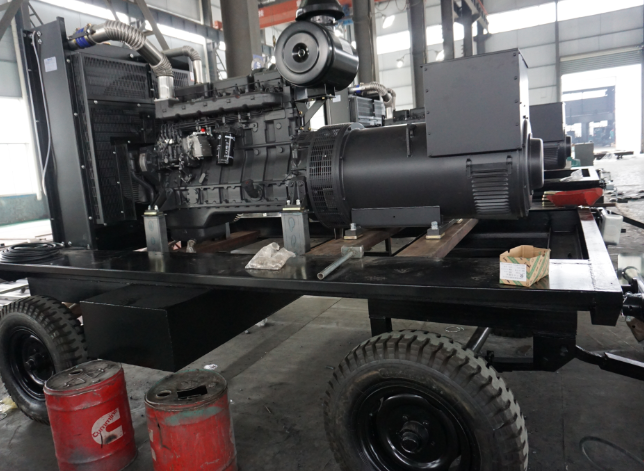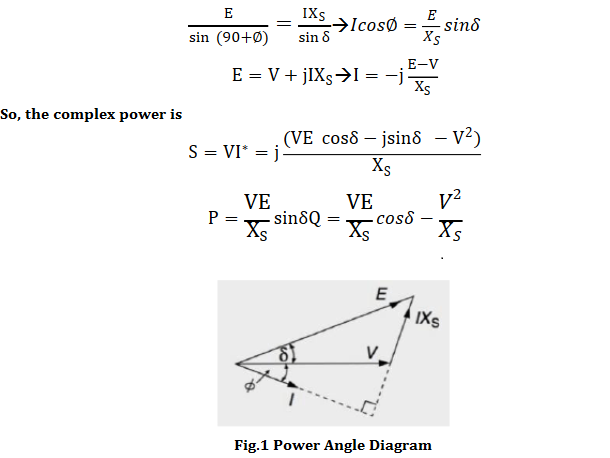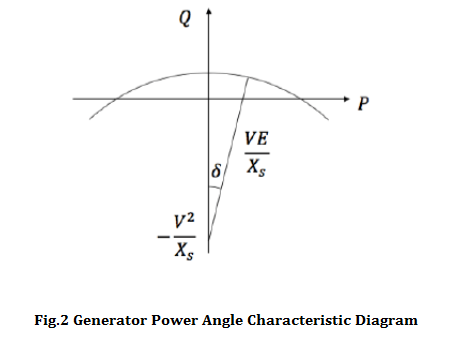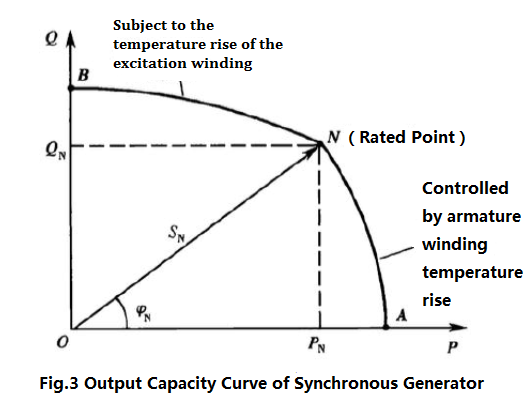In the AC circuit of the diesel generator set, there are two kinds of electric power supplied by the power source, one is active power and the other is reactive power.

Active power is the electrical power required to keep a consumer operating normally, that is, the electrical power that converts electrical energy into other forms of energy (mechanical, optical, thermal). Various lighting devices convert electrical energy into light energy for people to live and work with. The sign of active power is denoted by P and is expressed in watts (W), kilowatts (kW), megawatts (MW).
Reactive power is relatively abstract, it is used to exchange electric and magnetic fields in the circuit, and is used to establish and maintain the electrical power of the magnetic field in electrical equipment. It does not work externally, but instead transforms it into other forms of energy. For electrical equipment with electromagnetic coils, reactive power must be consumed to establish a magnetic field. Because it does not work outside, it is called "reactive." The sign of reactive power is represented by Q, and the unit is either Var or kVar.
Reactive power is by no means useless power, and it is very useful. The motor needs to establish and maintain a rotating magnetic field to rotate the rotor, thereby driving the mechanical motion. The rotor magnetic field of the motor is established by taking reactive power from the power source. The transformer also needs reactive power to generate a magnetic field in the primary coil of the transformer and induce a voltage in the secondary coil. Therefore, without reactive power, the motor will not rotate, the transformer will not be transformed, and the AC contactor will not pull.
Under normal circumstances, the powered device not only needs to obtain active power from the power supply, but also needs to obtain reactive power from the power supply. If the reactive power in the power grid is in short supply, the power equipment does not have enough reactive power to establish a normal electromagnetic field. Then, the power equipment cannot be operated under the rated condition, and the terminal voltage of the power equipment is lowered. Thereby affecting the normal operation of the electrical equipment. Reactive power has certain adverse effects on supply and use of electricity, mainly in:
1. Reduce the output of the generator's active power.
2. Reduce the power supply capacity of transmission and transformation equipment.
3. This causes an increase in line voltage loss and an increase in power loss.
4. This results in low power factor operation and voltage drop, resulting in insufficient electrical equipment capacity.
The reactive power supplied from the generator and the high-voltage transmission line can not meet the needs of the load, so some reactive power compensation devices should be set in the power grid to supplement the reactive power to ensure the user's need for reactive power. Electrical equipment can operate at rated voltage. This is the reason why the grid needs to install reactive power compensation devices.
Generators are divided into two major categories: DC generators and alternators. The latter can be divided into synchronous generators and asynchronous generators. The most commonly used in modern power stations is synchronous generators. This type of generator is characterized by DC current excitation, which can provide both active power and reactive power to meet the needs of various loads. Synchronous generators are classified into three types: turbine generators, hydroelectric generators and diesel generators according to the different prime movers used. By installing the brushless synchronous alternator coaxially with the diesel engine crankshaft, the rotor of the generator can be driven by the rotation of the diesel engine. By using the principle of 'electromagnetic induction', the generator will output an induced electromotive force, and a current can be generated through the closed load circuit. .
Synchronous generator power calculation
According to the power angle diagram

According to the active power calculation formula, we can see that: 1) the load angle δ controls the magnitude of the active power P; 2) the voltage amplitude E controls the magnitude of the reactive power Q.


When the terminal voltage of the generator is kept at the rated value and the active power of the output is P, the relationship between the maximum reactive power Q of the allowable output and the active power P is Q=f(P), which is called the output capacity of the generator curve.
Copyright © Guangxi Dingbo Generator Set Manufacturing Co., Ltd. All Rights Reserved | Sitemap
Update cookies preferences